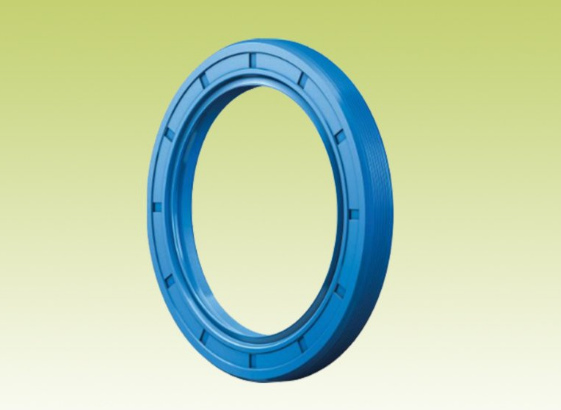The design and performance of seals involve a combination of engineering principles, materials science, and an understanding of the specific conditions in which the seals will operate. Here's an overview of the science behind seal design and performance:
1. Material Science:
-
Elastomers and Polymers: Seal materials are often elastomers or polymers selected based on their chemical compatibility, temperature resistance, and mechanical properties. Understanding the behavior of these materials under different conditions is crucial.
-
Reinforcement: Some seals incorporate reinforcements, such as fabric or metal, to enhance strength, durability, and resistance to deformation.
-
Fillers and Additives: Various fillers and additives are used to modify the properties of seal materials, including reinforcing agents, plasticizers, and anti-aging agents.
2. Fluid Dynamics:
-
Seal Lubrication: In dynamic seals, understanding fluid dynamics is critical. Proper lubrication is necessary to minimize friction and wear. Engineers must consider the viscosity and flow characteristics of the sealed fluid.
-
Cavitation and Erosion: In high-velocity applications, the design must account for potential cavitation and erosion effects, which can impact seal performance over time.
3. Thermodynamics:
-
Temperature Effects: The operating temperature range is a crucial factor in seal design. Thermodynamic principles help in selecting materials that can withstand temperature variations without compromising their integrity.
-
Thermal Expansion: Engineers must consider the thermal expansion and contraction of seal materials to prevent issues like leakage due to dimensional changes.
4. Mechanical Engineering:
-
Static and Dynamic Sealing: Seals are categorized as static or dynamic based on whether they operate in a stationary or moving environment. Mechanical engineering principles guide the design of seals for optimal static or dynamic sealing.
-
Friction and Wear: Understanding the mechanics of friction and wear is crucial for designing seals that operate with minimal energy loss and maintain performance over time.
-
Compression Set: The ability of a seal to recover its shape after compression is a critical mechanical property. Engineers need to design seals with low compression set for long-term reliability.
5. Tribology:
- Surface Interactions: Tribology, the study of friction, wear, and lubrication, is integral to seal performance. Engineers consider surface interactions to minimize wear and friction between the seal and the mating surfaces.
6. Fluid Compatibility:
- Chemical Resistance: Seal materials must be compatible with the fluids they will encounter. Understanding the chemical properties of both the seal and the fluid helps prevent degradation and material failure.
7. Manufacturing Processes:
- Molding and Extrusion: The manufacturing processes used for seals, such as molding or extrusion, impact their final properties. Engineers consider factors like mold design, curing processes, and post-treatment to achieve the desired seal characteristics.
8. Finite Element Analysis (FEA):
- Computer-Aided Design (CAD): Engineers use FEA and CAD tools to simulate and analyze the behavior of seals under different conditions. This helps optimize the design for performance and durability.
9. Environmental Considerations:
-
UV Resistance: Seals exposed to sunlight may require UV-resistant materials to prevent degradation.
-
Ozone Resistance: Seals used in environments with high ozone levels need to resist ozone-induced cracking.
Understanding the science behind seal design and performance requires a multidisciplinary approach. Engineers integrate principles from materials science, fluid dynamics, thermodynamics, mechanical engineering, tribology, and manufacturing processes to create seals that meet the specific requirements of diverse industrial applications. Continuous research and development in these fields contribute to advancements in seal technology and improved performance in challenging operating conditions.
See more


